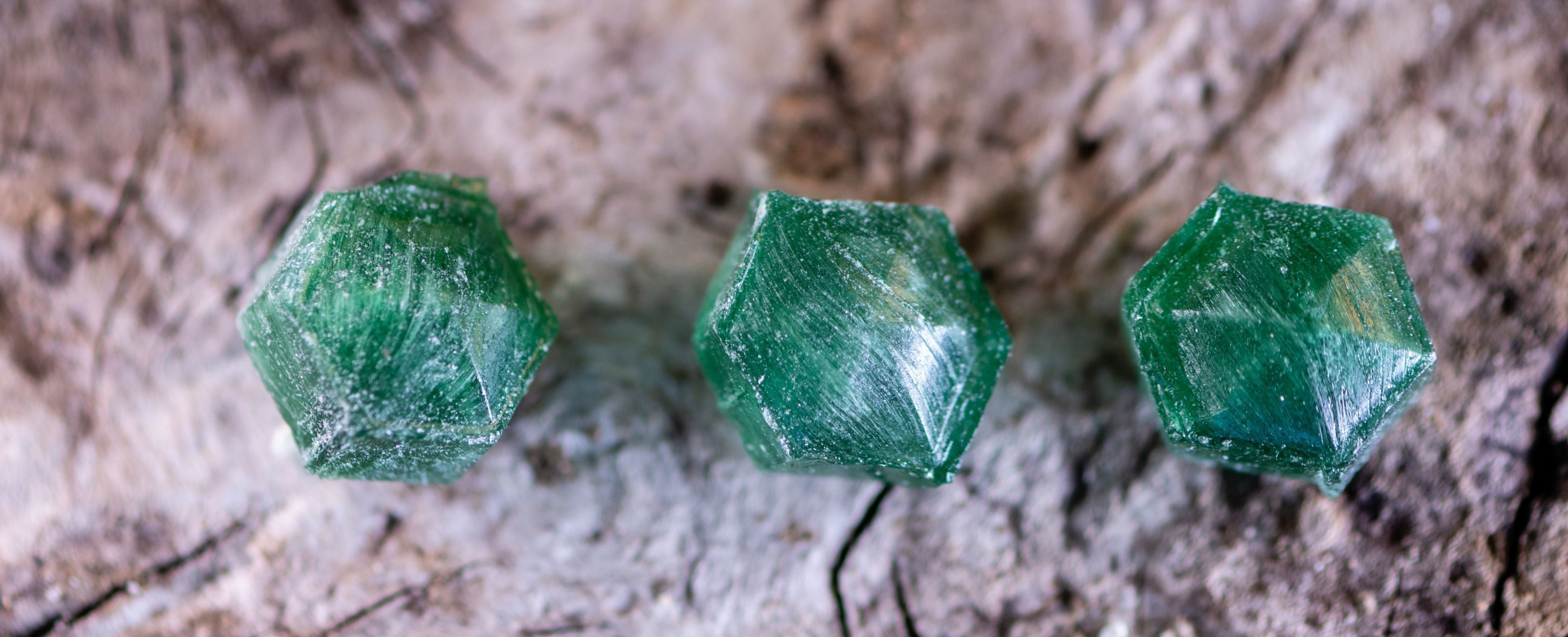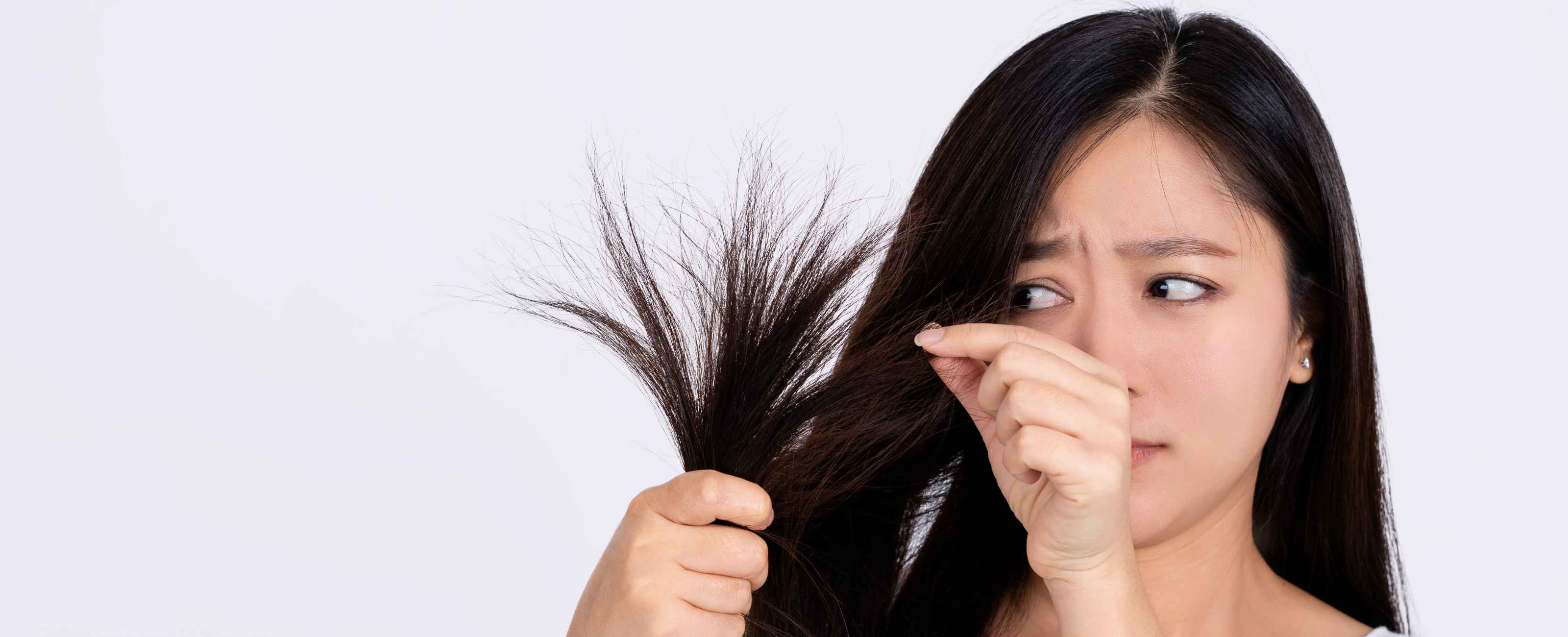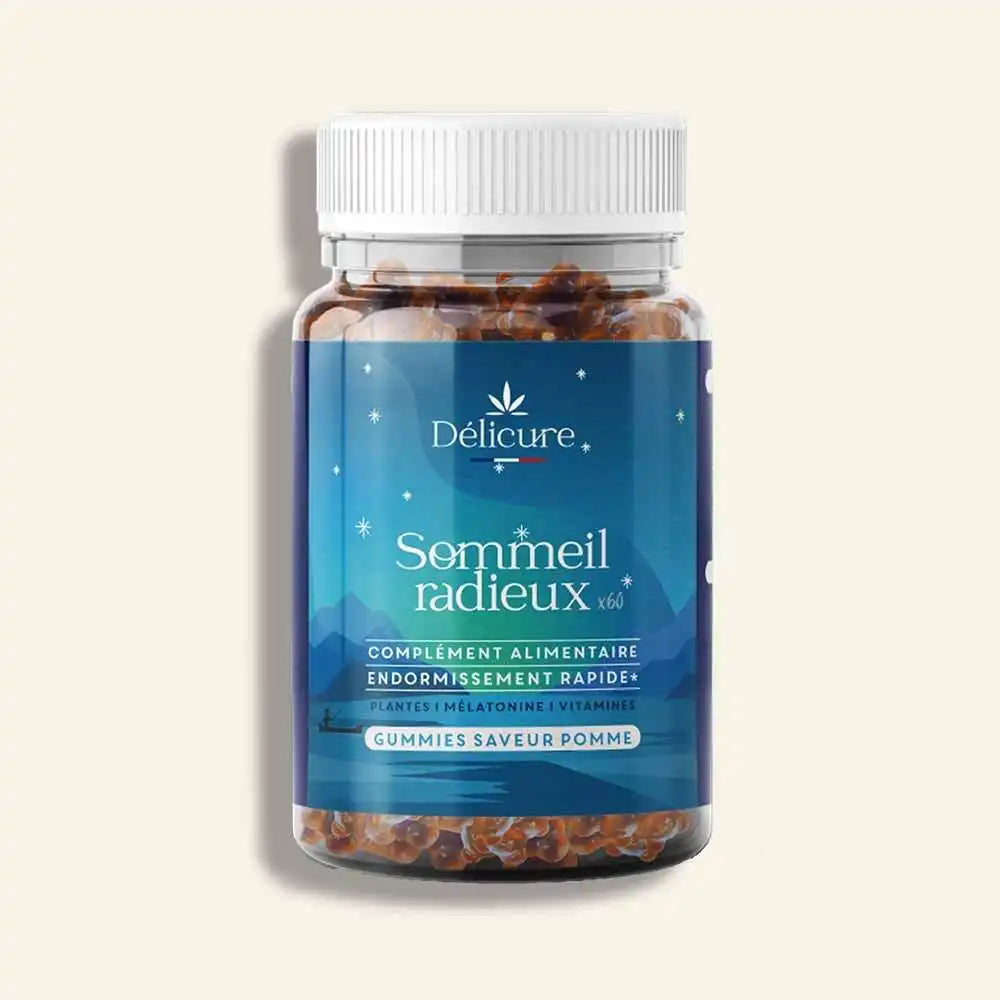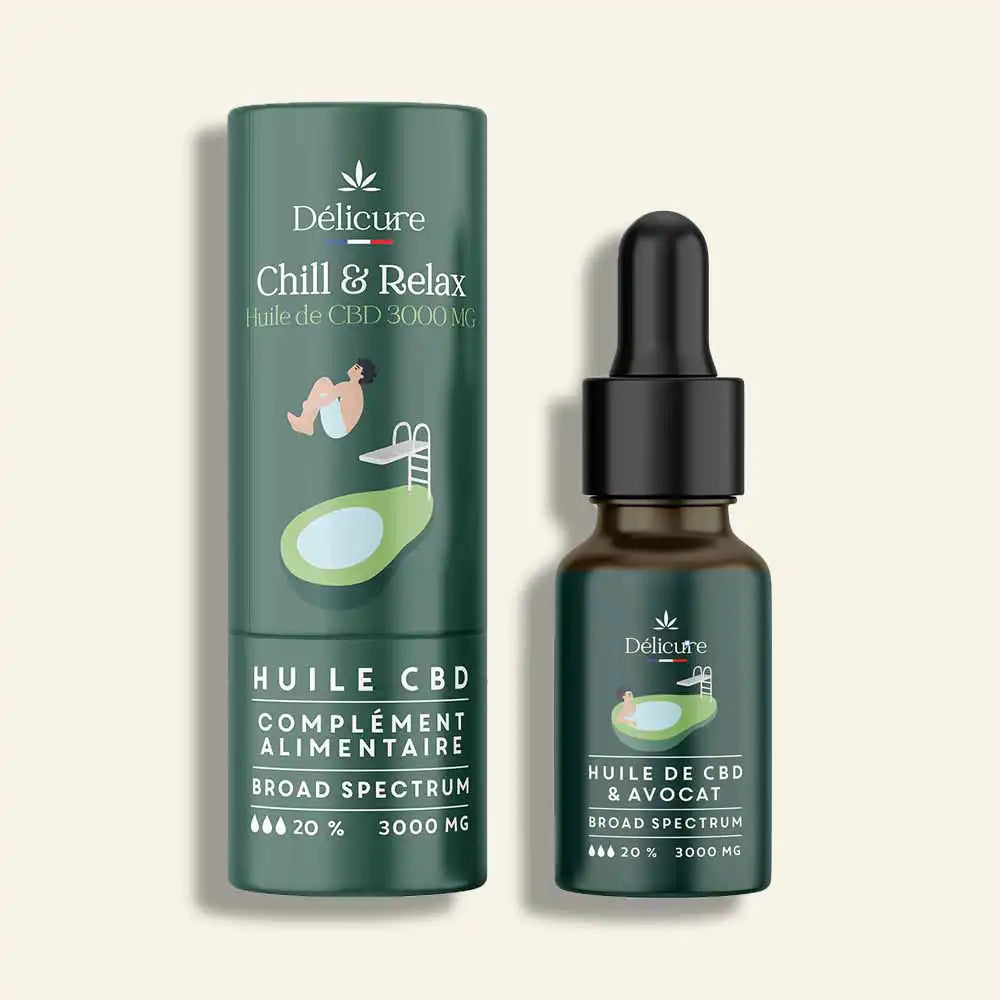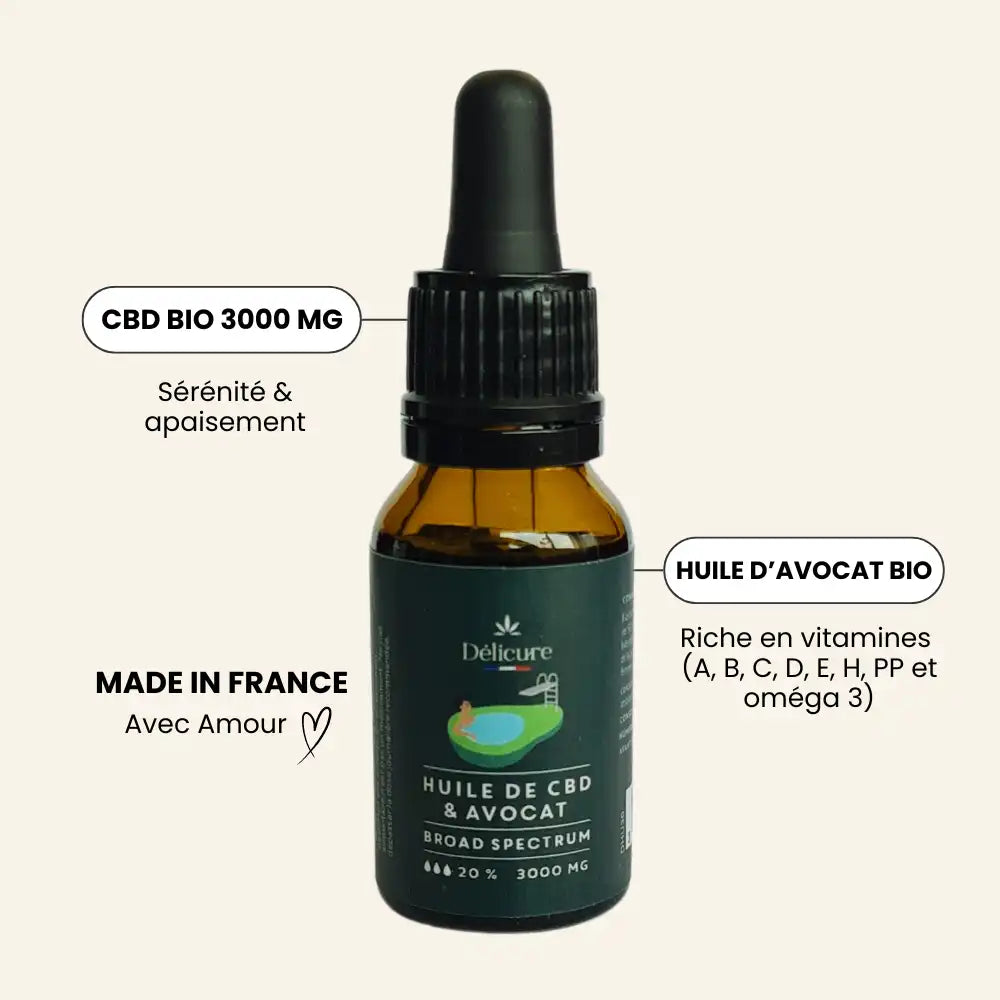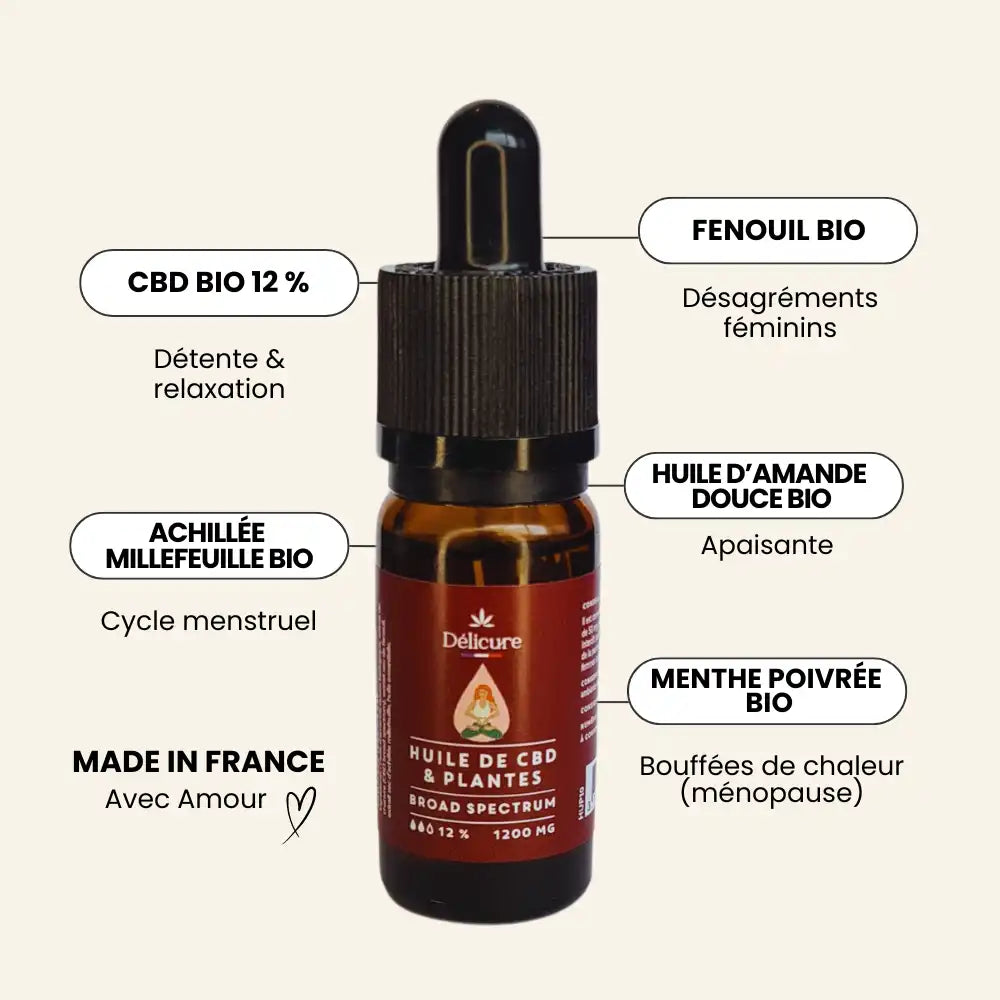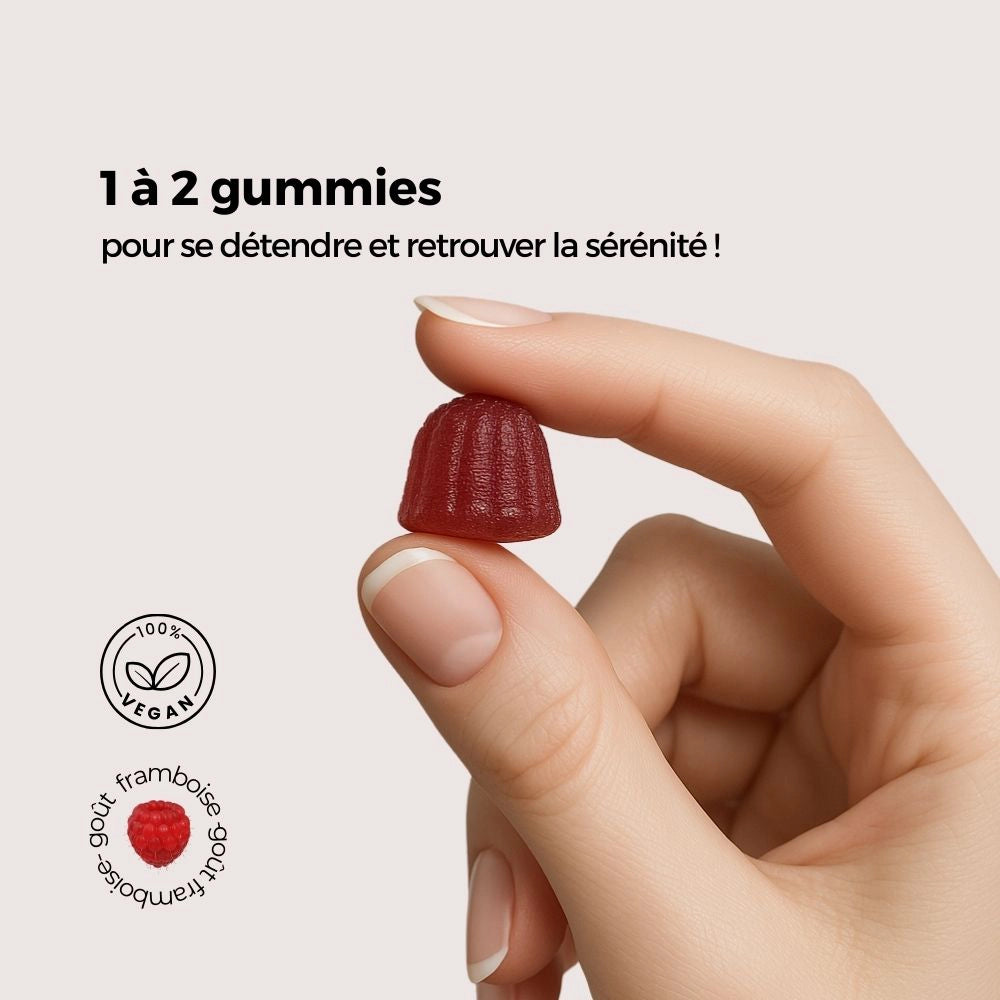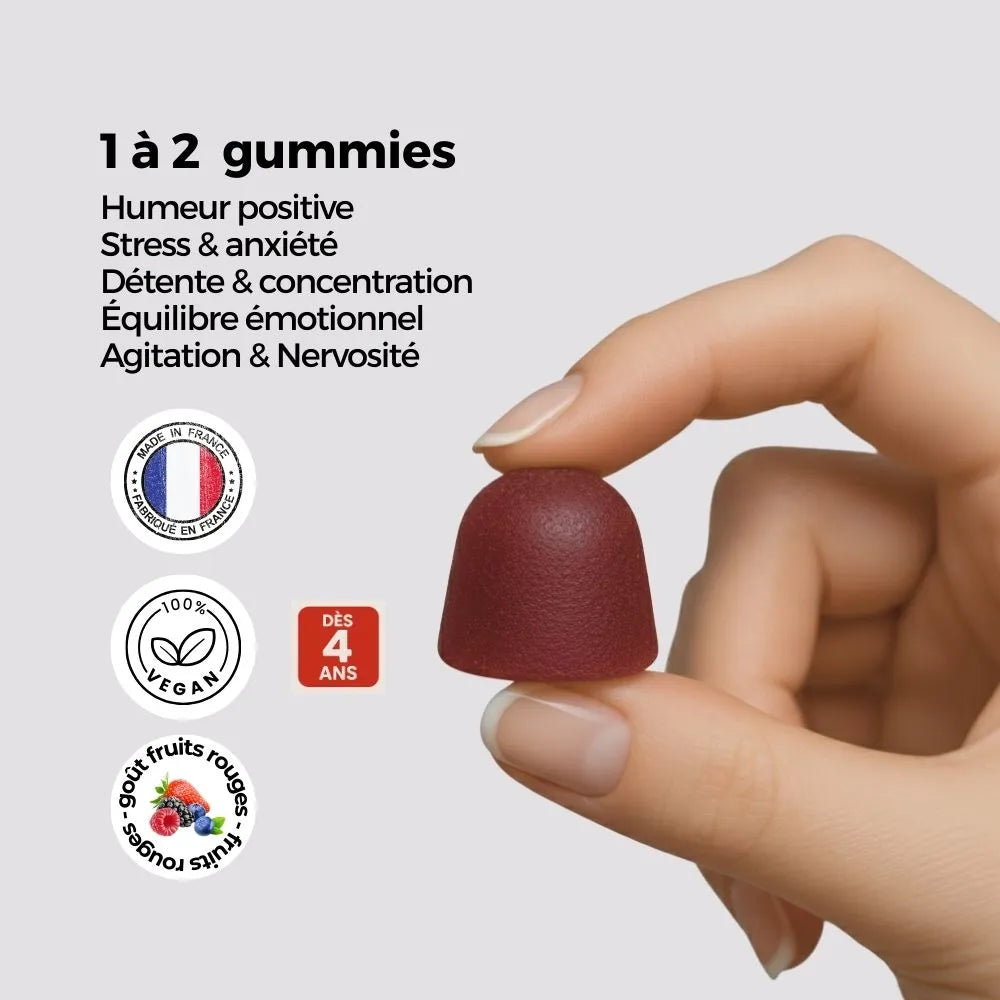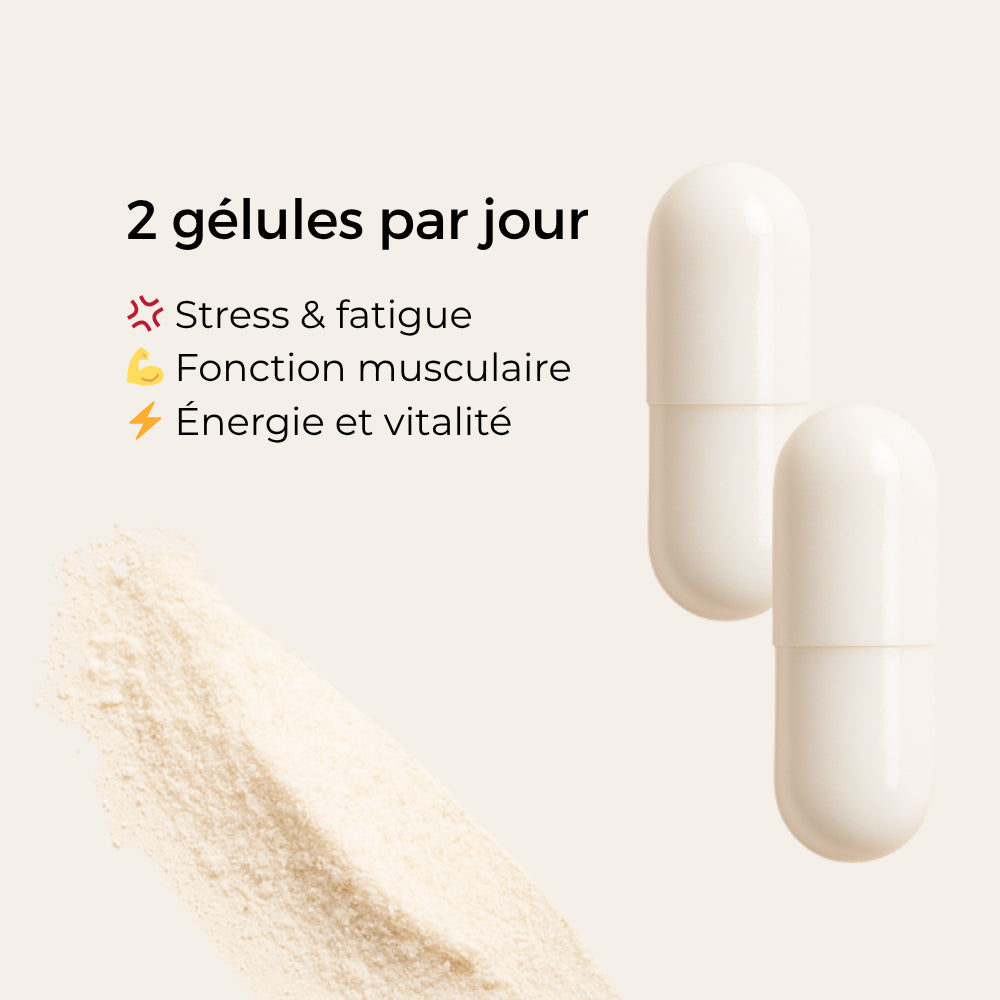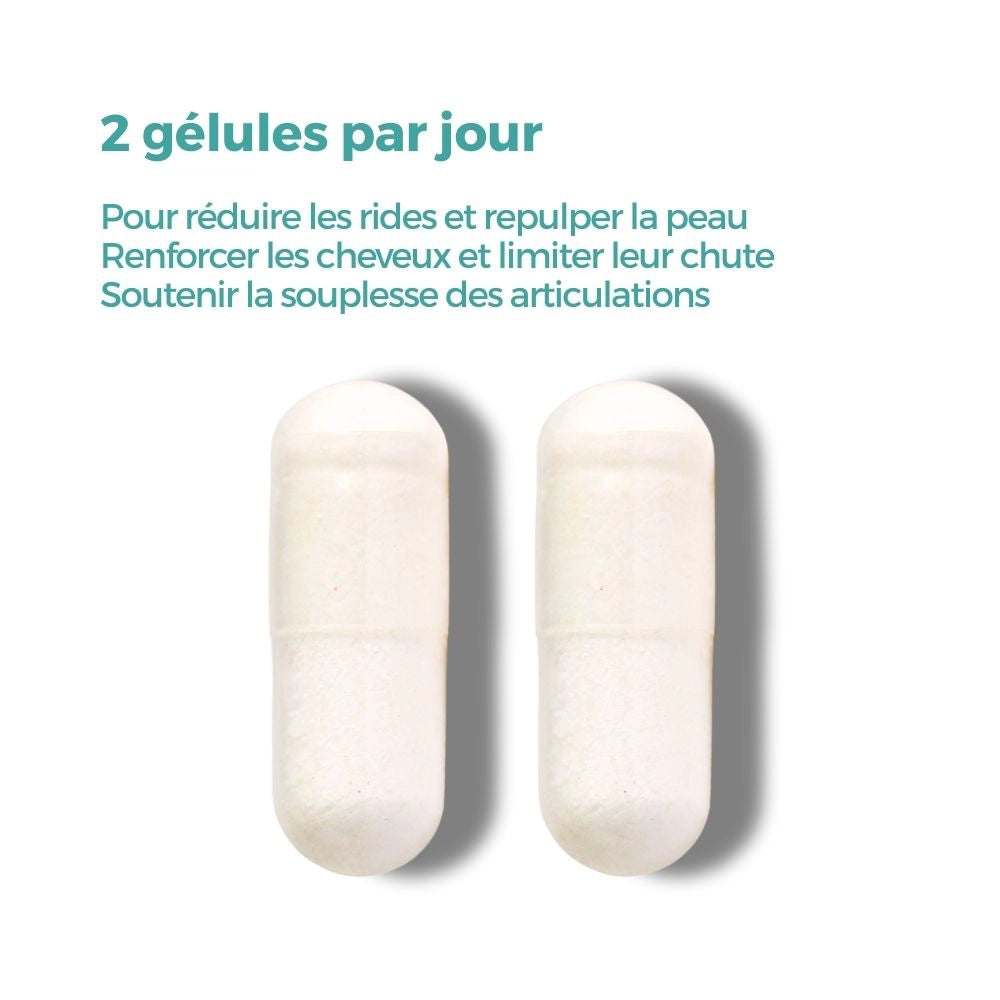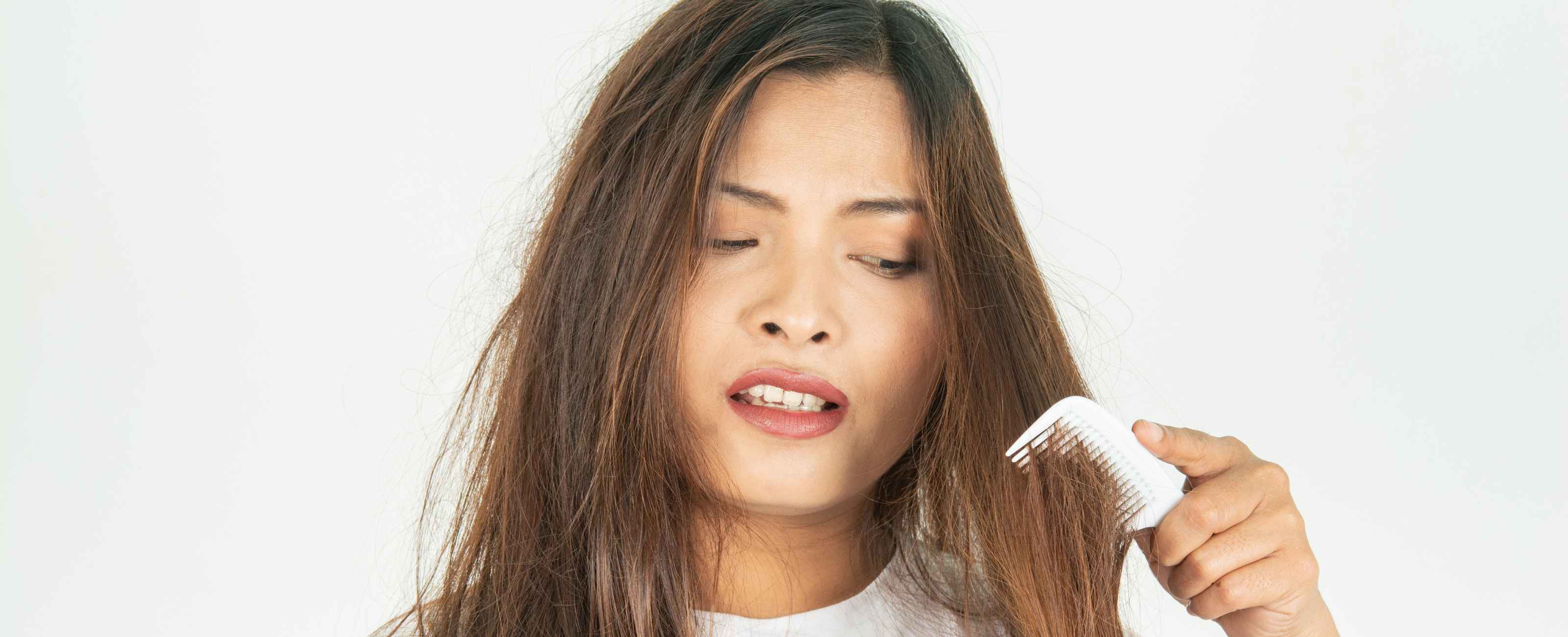
How to avoid tangles in your hair?
Very often, long hair forms knots on itself that are difficult to remove. For some people, the knots come undone as soon as they form. For others, detangling is much more difficult.
Knots appear at the lengths, but can also form at the roots, especially for frizzy hair.
To better understand this phenomenon, we must first analyze its causes.
Why does hair get tangled?

The appearance of knots in the hair can have several origins, including in particular:
Friction
The primary cause of knot formation is friction. Several external elements such as wind, movement (during a night's sleep or a sports session) and clothing promote hair friction. This friction thus promotes the appearance of bags of knots in the hair.
The shampoo
Using shampoo can also cause tangles. This is because shampoo strips away oils naturally present on the hair, including sebum . This is a lipid film produced by the sebaceous glands, which serves to protect the hair from daily external aggressions and dryness. Sebum also helps lubricate the hair .
The more lubricated the hair, the less it will tangle because it slides easily against each other; whereas dry hair tends to tangle more easily.
Water
The water used to wash your hair has the effect of dilating the cuticles . These look like scales that serve to protect the hair fiber. When they are dilated, these cuticles come into contact with each other, and remain attached together like a scratch.
Dry and damaged hair
Hair that is too dry with damaged or split ends has open scales. They therefore easily cling to each other and promote the creation of knots.
Healthy, adequately nourished and hydrated hair is less likely to tangle.
Lack of hair maintenance
Finally, the appearance of knots can be the result of a lack of hair maintenance. It is important to brush your hair regularly and carefully to remove impurities (dead skin cells, chemicals, pollution particles, etc.) and prevent the formation of knots.
Tips to prevent hair knots
Here are some simple and effective tips to incorporate into your daily routine to prevent hair knots from forming:
- Brush your hair daily: to untangle large knots, the best solution is to brush it with a clean, quality brush suited to your hair type .
The brush should preferably have natural bristles, or else be specially designed for detangling with flexible pins that follow the curve of the hair.
For very tangled curly or frizzy hair , the wide-toothed comb is more suitable. It can also be very useful for detangling and removing a knot in the hair in the shower when shampooing.
A good brushing makes hair more manageable, and therefore less tangled. The best way to brush your hair is to start at the ends, gradually working your way up to the roots.
Another important point is that brushing must be done carefully and delicately so as not to weaken and damage the hair fiber.
- Detangle your hair with your fingers: instead of using a brush or comb which tend to promote hair breakage, you can simply detangle your hair gently with your fingers.
- Trim the ends regularly: If the knots are mainly created at the ends of the hair, this means that they are damaged and need to be trimmed. Trimming your ends regularly, every three to four months, allows your hair to grow healthier and prevents split ends.
- Taking care of the lengths: the lengths are the oldest part of the hair, they tend to dry out, get damaged and tangle easily. It is therefore necessary to nourish and moisturize them regularly with natural (non-chemical) products/care products adapted to your hair type. For example, vegetable oils (castor oil, coconut oil, avocado oil, etc.) are the best allies for healthy hair. Applied in the form of an oil bath, they form a thin protective layer that seals the hair's moisture, fills in gaps and limits breakage. The hair thus becomes softer and smoother.
- Avoid heat sources: heat expands the hair's "scales" and weakens it. It is therefore necessary to limit the use of heating devices such as hair dryers, by letting your hair dry in the open air. In addition, when rinsing the shampoo, it is better to use cold or lukewarm water to avoid dilating the cuticles.
- Sleeping with your hair tied up: When you sleep at night, your hair rubs against your pillowcase, and knots can easily form. It is therefore best to sleep with a loose hairstyle such as a loose bun or a loose braid. Alternatively, if you do not want to tie your hair up, there are silk or satin pillowcases, which reduce friction.
- Protect your hair from external attacks: wind, rain, but also the sun and air conditioning dry out and tangle your hair. To protect it effectively, gently tying it with a silk or satin scarf is the best solution.
- Take targeted hair supplements: Nutrient-rich beauty supplements are a valuable aid in strengthening and moisturizing hair from the inside. In fact, they protect it from breakage, dryness and hair loss. Deeply nourished, hair becomes more supple, more robust and is less likely to tangle and form knots.
Délicure offers hair gummies , rich in vitamins (B6, B8, B9, B12 and E) which stimulate the production ofkeratin , in trace elements (zinc and selenium) and in blueberry extract which promotes hair growth by stimulating blood microcirculation in the scalp.
--







